Bugatti: A Hundred Years of Innovations and Excellence (1909–2009)
Another Bugatti book, you say? (Yes, I can hear you think.) But this one is neither the usual coffee table tome nor the erudite and exhaustive work of a hyper-specialized historian. It covers such diverse angles that at first sight the book seems almost disconcerting because its eight chapters seem to have nothing to do with each other—except that they all have a Bugatti connection. While they are in chronological order, the eight authors must have worked in complete isolation from each other.
Each author (1, Norbert Steinhauser; 2, Nicolas Guhring; 3, Paul Kestler; 4, Pierre-Yves Laugier; 5, Pierre Macoin; 6, Marcel Schott; 7, Pascal Van Mele; 8, Julius Kruta) covers a specific period of the Bugatti history in Alsace:
- “Ettore Bugatti in Molsheim 1909–1922” covers the move to Alsace; all the financial, commercial, and technical problems Ettore had to face to break into the automotive industry; all the projects he brought to life; the war and immediate postwar eras. This chaper is illustrated with b&w period photos of cars, races, and buildings.
- “Ettore Bugatti, Inventive Constructor, Pragmatic Industrialist 1922–1939” retraces the main innovations in the fields of road and rail transport as well as aviation, boating, clothing, angling etc., showing that Bugatti was a born inventor, a sort of modern da Vinci. He even announced a Cherbourg–New York transatlantic crossing in 50 hours, which was closer to Jules Verne’s predictions than to da Vinci’s! This chapter will be of particular interest to those who want to go deeper into Ettore’s character since so many people think he was only into sports cars and rubber-shod railcars.
- “The Carrosserie, the Efficiency & Aesthetics” covering the bare chassis is definitely my favorite chapter. It deals with the subject of coachwork in a similar way to J.H. Labourdette’s Labourdette, un Siècle de Carrosserie Française and discusses aerodynamics and style, ending with the sculptural Type 101. A full page shows the evolution of Bugatti alloy wheels from 1924 to 2009 through 15 examples.
- “Bugatti and the Art of the Sale” deals with Bugatti and the way he treated his famous clients of all sorts and from all walks of life. And it was indeed an art to sell such rough, sporty cars to people who were more acustomed to the comfort of Hispanos, Rolls-Royces and the like.
- “A Turbulent Period 1939–1960.” Jean Bugatti’s death in 1939 marked the beginning of an unfortunate period that encompassed WW II (during which Bugatti tried its best not to build engines for the enemy) and the immediate postwar period when the factory was saved by state contracts, in particular for new tanks and helicopter rotor blades. In regard to automobiles this era was Bugatti’s swan song, with the Types 101, 252, and 451 which remained a drawing board exercise. Anyway, the history is fascinating and it is also at that time, after the takeover by Hispano-Suiza, that the Schlumpf brothers entered the picture. This is also covered in the book.
- “Aeronautics: A Fresh Boost for the Factory” celebrates the aeronautic history of the Messier-Bugatti firm. Unsurprisingly, at 75 pages it is the longest chapter in the book because Bugatti obviously commissioned it and it is the least-known facet of Bugatti history. All aspects are covered: people, buildings, products, and last but not least the social aspects. It is certainly the most interesting chapter because it is thoroughly written and well illustrated. It explains how the revival of the marque led to the production of the current Bugatti cars—even if their connection to the Molsheim days is more than loose.
- “Back to Italy: A Grandiose Reawakening . . . In Short.” This short 18-page chapter elaborates on the modern Bugattis, describing the prototypes, the successive evolutions, and their construction. Did you know that the project was initiated by . . . Ferrucio Lamborghini and some other businessmen? There are others books that deal in more details with the EB110, EB112 and derivatives but those 18 pages are an excellent introduction to the subject!
- “Bugatti Automobiles S.A.S.” covers Volkswagen Group taking over Bugatti two years after the firm had gone into receivership in 1995. The chapter closes on the Veyron, THE supercar par excellence.
An Appendix presents Bugatti logos from 1920 to 2009 in 35 illustrations. Taken all together, this book is a transversal study of the Bugatti history. Many readers will learn quite a lot about private matters, patents, factory issues, and even those enthusiasts who are already familiar with the history of the marque will find useful bits here.
The French original (Cent ans d’innovation et d’excellence) is not currently in print; the English translation often reads like a word for word job without any attempt at fluidity and readability in the target language.
Copyright 2012, André Blaize (speedreaders.info).


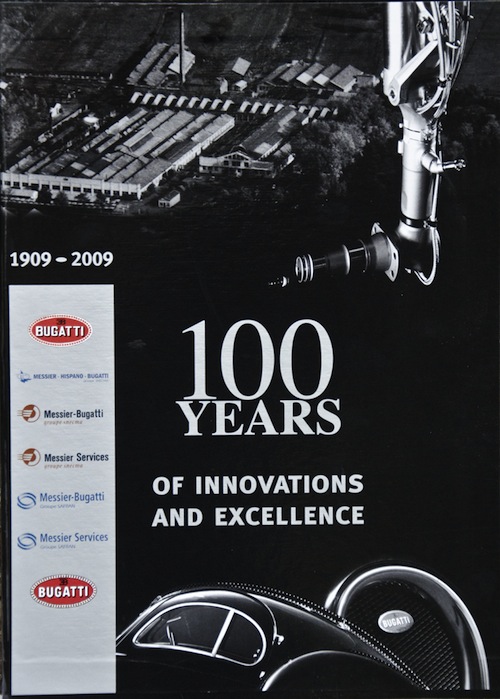
 RSS Feed - Comments
RSS Feed - Comments


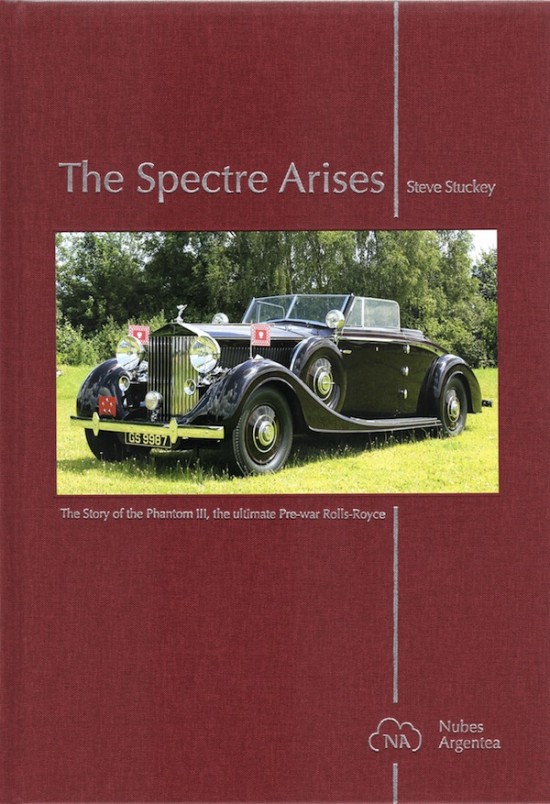


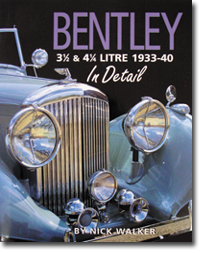


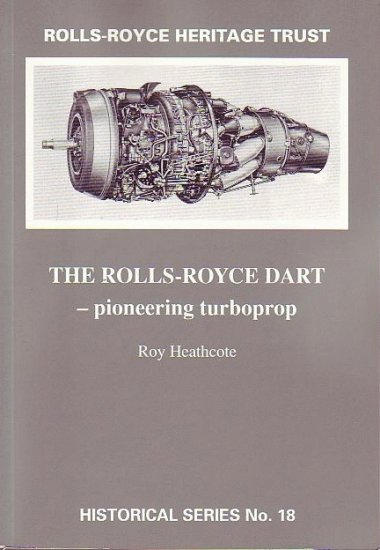
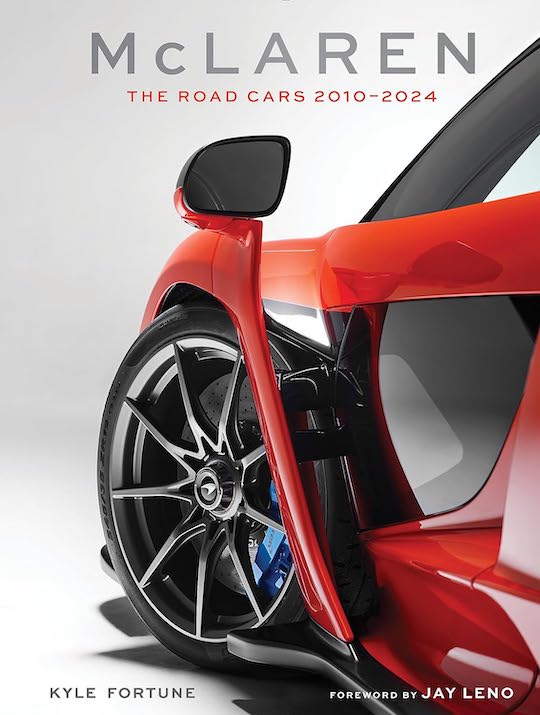





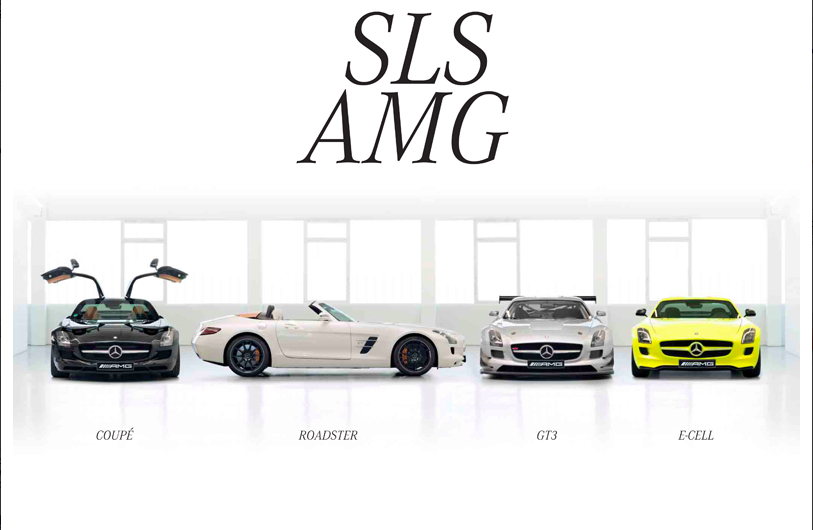
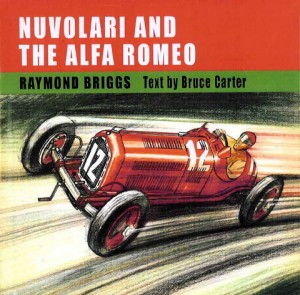




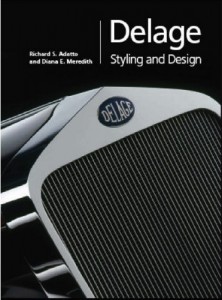
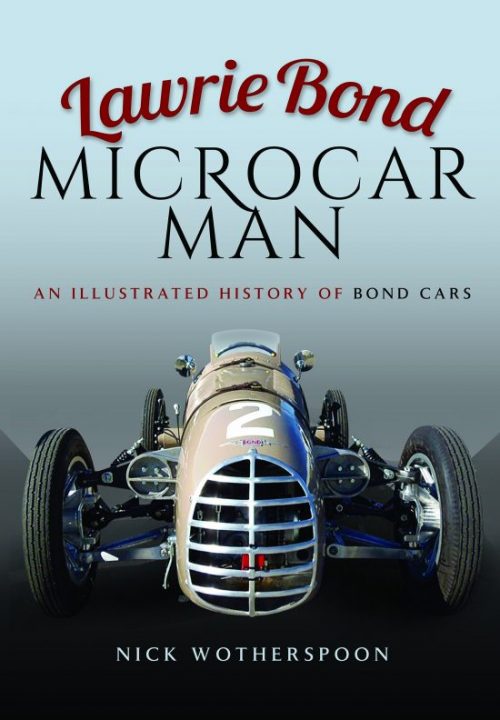
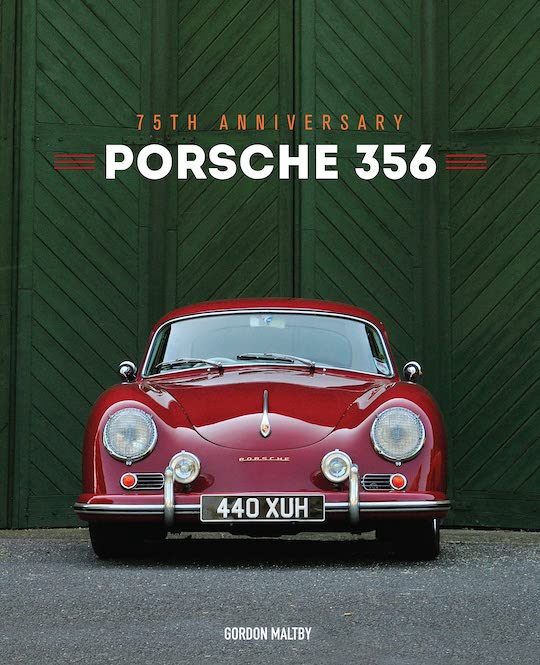
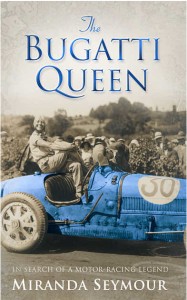
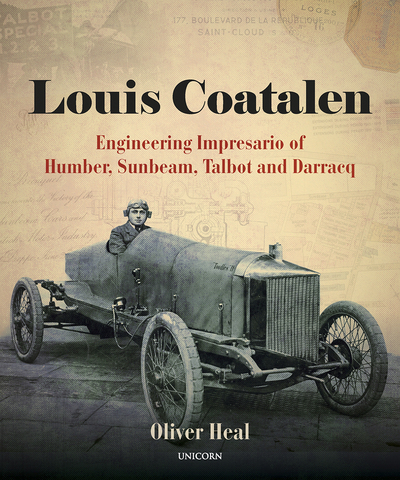
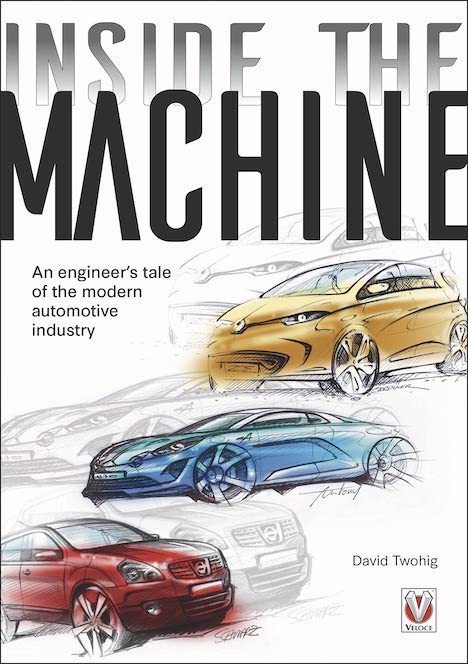

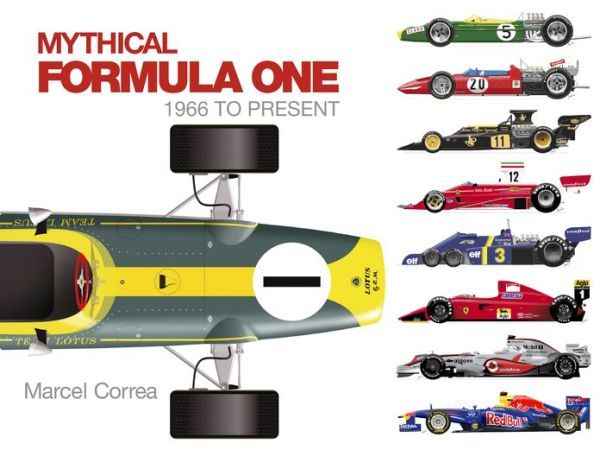


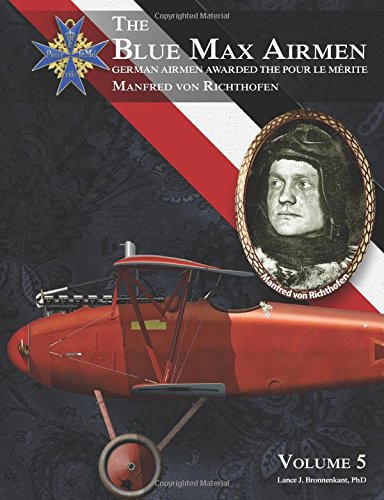
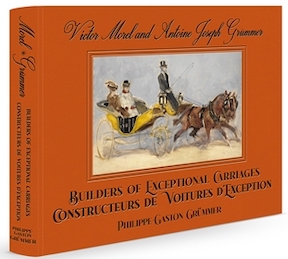

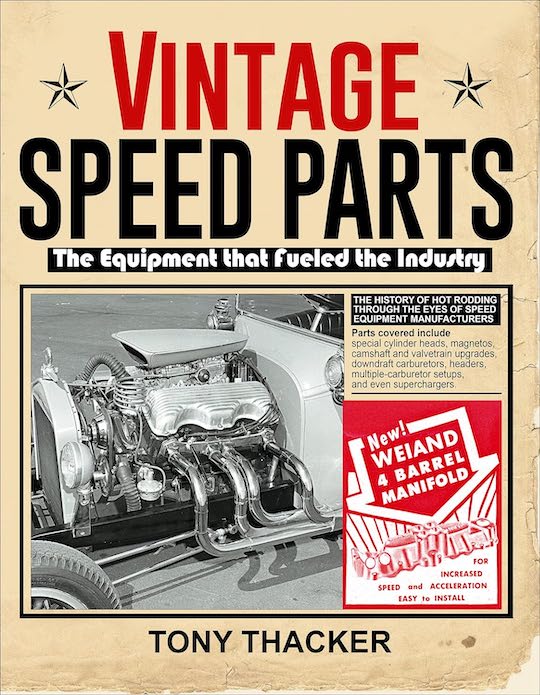



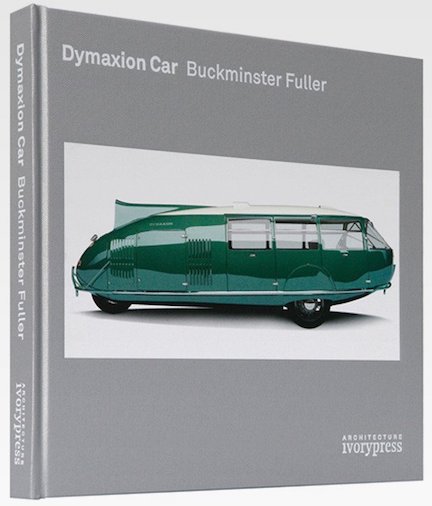
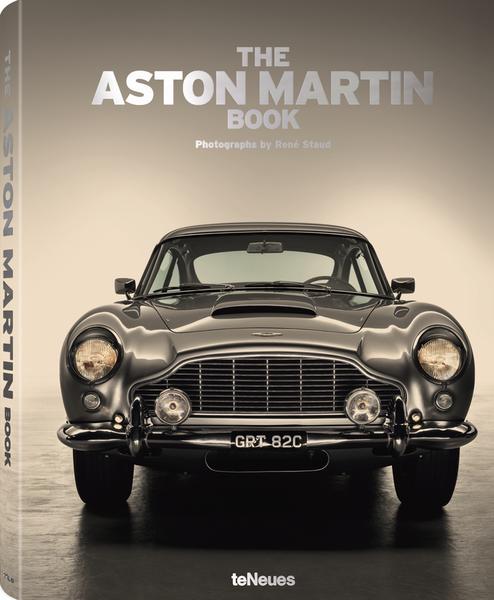

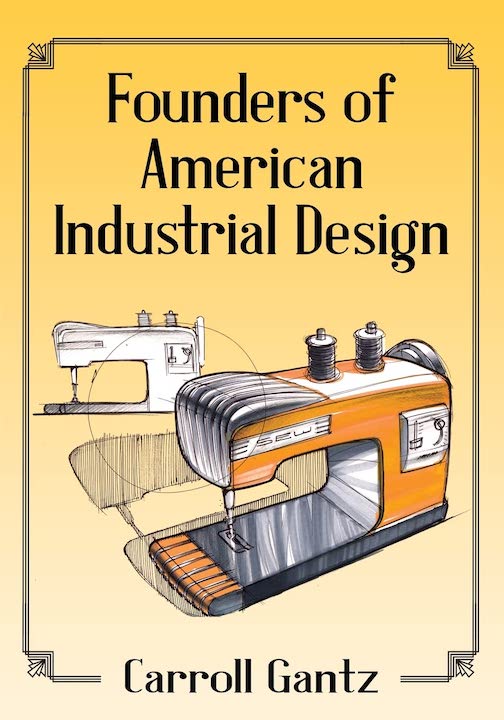





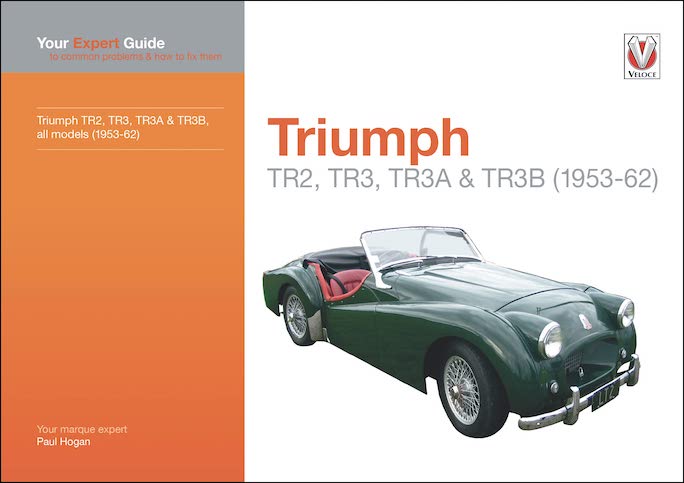
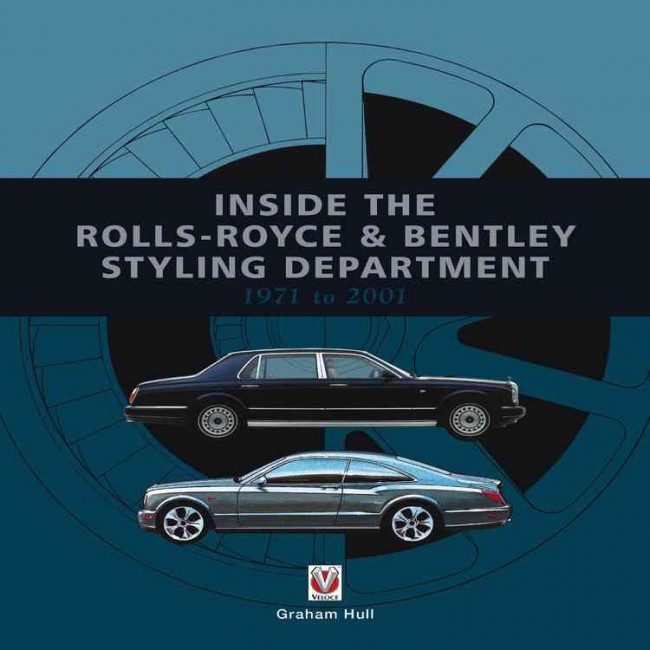





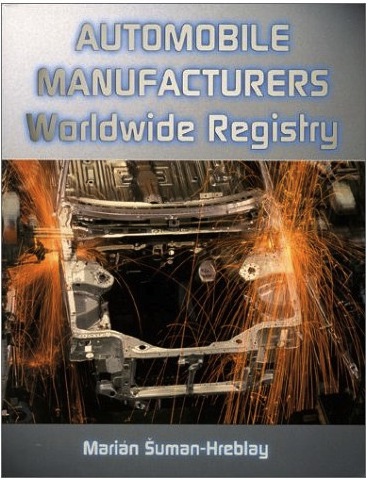

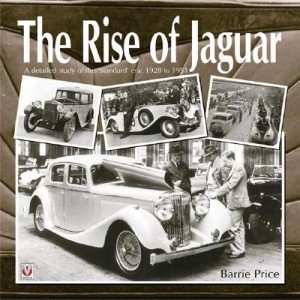



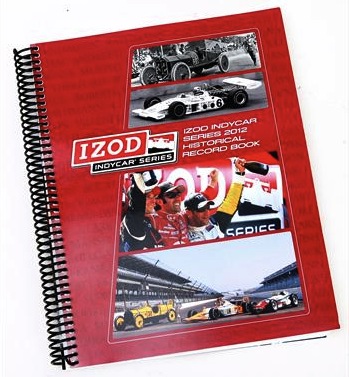
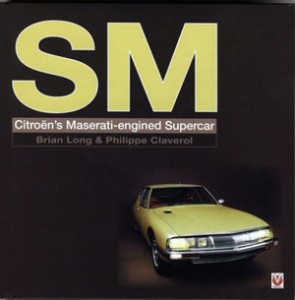

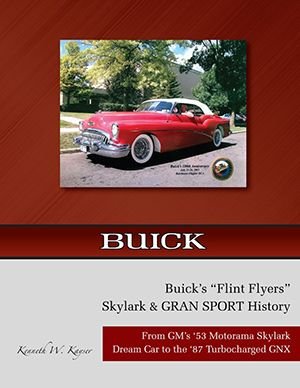






 Phone / Mail / Email
Phone / Mail / Email RSS Feed
RSS Feed Facebook
Facebook Twitter
Twitter